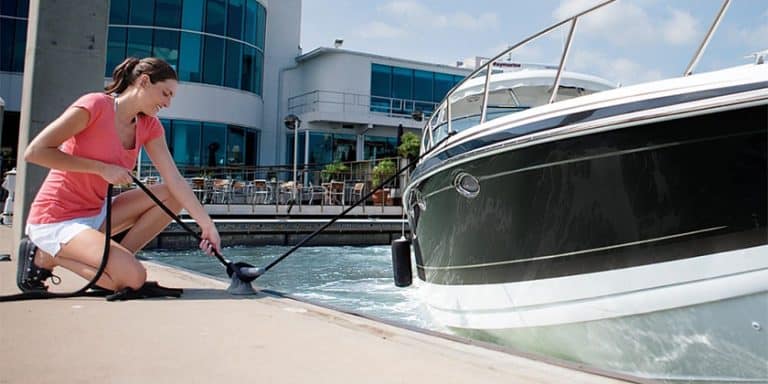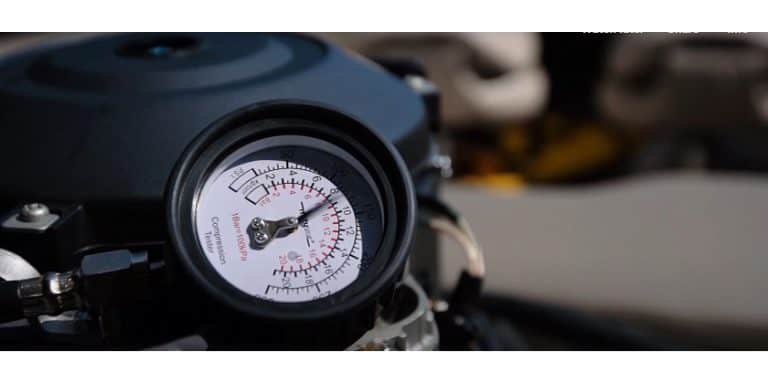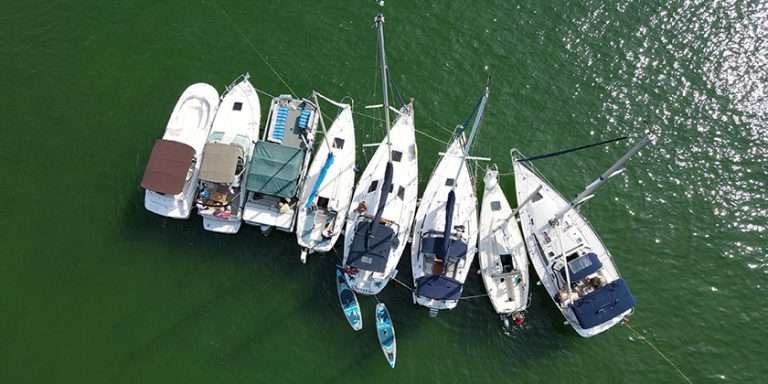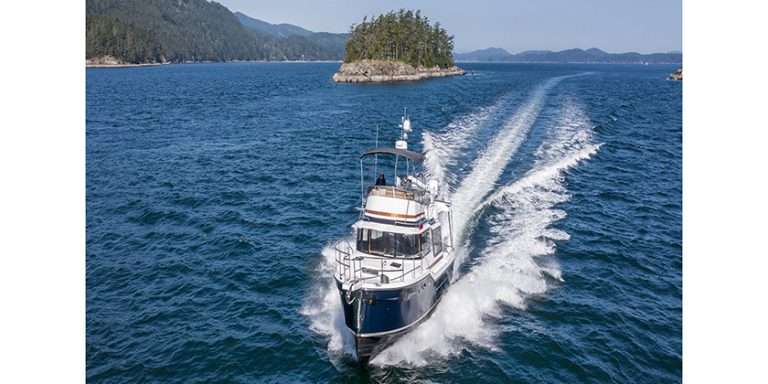The Rules Guy: An overview of the right-of-way rules III
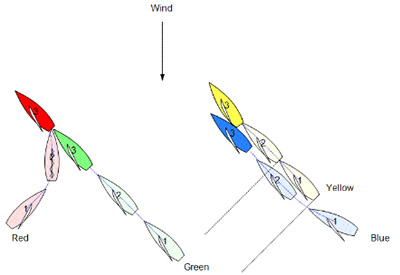
June 11, 2020
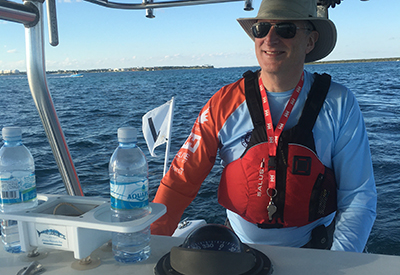 In the past two issues we have been doing an overview of the right-of-way rules. In the first, we did a review of Section A of Part 2, in the second we did a review of the definitions. This issue, we will look at Section B of Part 2, General Limitations, which is essentially limitations applying to boats that have right of way according to Section A.
In the past two issues we have been doing an overview of the right-of-way rules. In the first, we did a review of Section A of Part 2, in the second we did a review of the definitions. This issue, we will look at Section B of Part 2, General Limitations, which is essentially limitations applying to boats that have right of way according to Section A.
GENERAL LIMITATIONS
14 AVOIDING CONTACT
A boat shall avoid contact with another boat if reasonably possible. However, a right-of-way boat or one entitled to room or mark-room
(a) need not act to avoid contact until it is clear that the other boat is not keeping clear or giving room or mark-room, and
(b) shall be exonerated if she breaks this rule and the contact does not cause damage or injury.
15 ACQUIRING RIGHT OF WAY
When a boat acquires right of way, she shall initially give the other boat room to keep clear, unless she acquires right of way because of the other boat’s actions.
16 CHANGING COURSE
16.1 When a right-of-way boat changes course, she shall give the other boat room to keep clear.
16.2 In addition, when after the starting signal a port-tack boat is keeping clear by sailing to pass astern of a starboard-tack boat, the starboard-tack boat shall not change course if as a result the port-tack boat would immediately need to change course to continue keeping clear.
17 ON THE SAME TACK; PROPER COURSE
If a boat clear astern becomes overlapped within two of her hull lengths to leeward of a boat on the same tack, she shall not sail above her proper course while they remain on the same tack and overlapped within that distance, unless in doing so she promptly sails astern of the other boat. This rule does not apply if the overlap begins while the windward boat is required by rule 13 to keep clear.
There are four restrictions or limitations. The first (rule 14) says to avoid contact, even if you are the right-of-way boat. The more detailed subsections explain when the right-of-way boat will or will not be exonerated if it fails to avoid contact, but the key point is, if the give-way boat is not going to avoid contact, then the right-of-way boat should. The second restriction (rule 15) says, if you become the right-of-way boat, you have to give the other boat time to keep clear.
The two most common examples of the transition from give-way to right-of-way are shown in the diagram. Blue at position 1 is clear astern, so must keep clear. At position 2, Blue has established an overlap to leeward so Blue now has right of way over Yellow. At position 3, Yellow tries to luff up to get out of the way. While doing so she makes contact with Blue. Blue did not give Yellow room to keep clear when Blue became the right-of-way boat – Blue is thus at fault.
Red is on port tack at position 1 while Green is on starboard, so according to rule 10, Red must keep clear, which she decides to do by tacking. The rules have a narrow definition of “tacking” – it’s the action between being head-to-wind and being settled on a close-hauled course; boatspeed and state of trim of the sails are irrelevant. Between position 2, when she is head to wind, and position 3, when she is on a close-hauled course, Red is tacking, so Red must keep clear according to rule 13. At position 3, Red has reached a close-hauled course, so she has completed her tack, and is now clear ahead of Green. Green must now keep clear of Red according to rule 12. The obligation for Green to keep clear does not begin until Red has achieved a close-hauled course. In this diagram, Red has not given Green time to keep clear before Green hits Red on the transom. Red, like Blue has now broken rule 15.
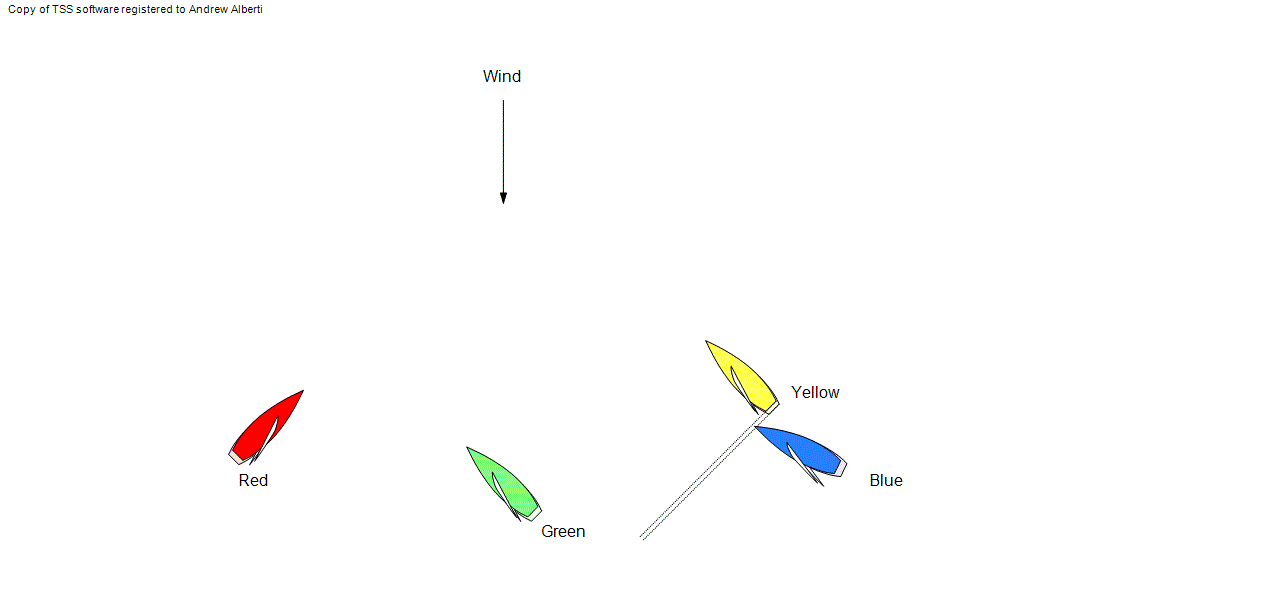
The next rule in Section B (rule 16) talks about right-of-way boats altering course. Sometimes you hear give-way boats yelling “Hold your course” and some people believe this is a governing hail, but is more of a plea than an order; no rule forces right-of-way boats to hold their course. Right-of-way boats can alter their course, but they have to give the give-way boats room to keep clear. The most common form of this is a leeward boat luffing a windward boat, but it can be almost any other right-of-way boat as well. There are special restrictions, in rule 16.2, that cover boats on opposite tacks, usually on a windward leg.
The final rule in Section B (rule 17) puts restrictions on boats that establish overlaps to leeward. The Blue boat in our diagram establishes an overlap to leeward from clear astern. Since Blue gained an overlap to leeward, Blue is prohibited from sailing above her proper course. She can luff up to her proper course even if she starts below that, but she can’t go above it.
Andrew Alberti is a National Judge and National Umpire. He is a member of the Sail Canada Rules and Appeals Committees. Send your questions to Andrew at kyrules@alberti.ca.


